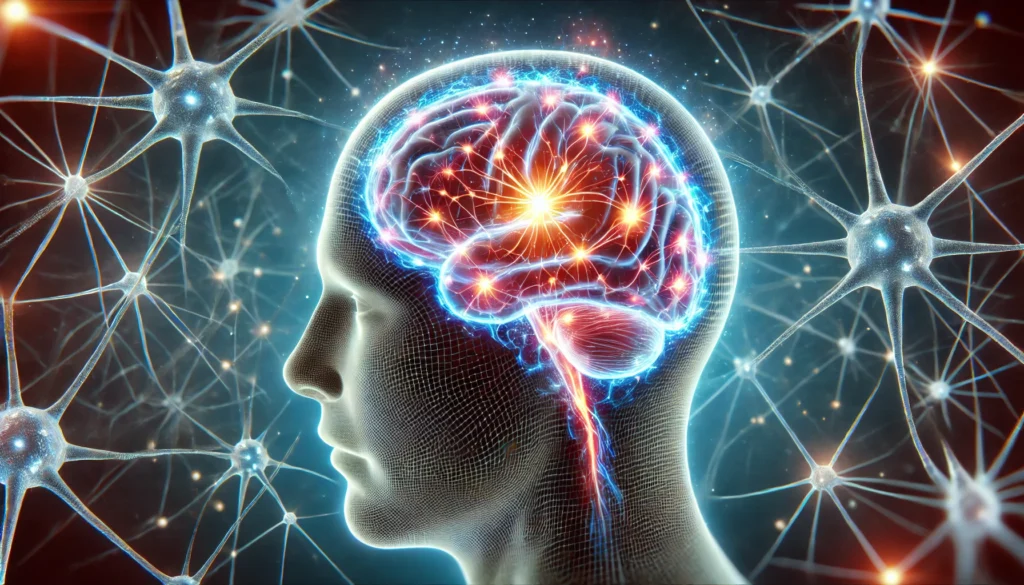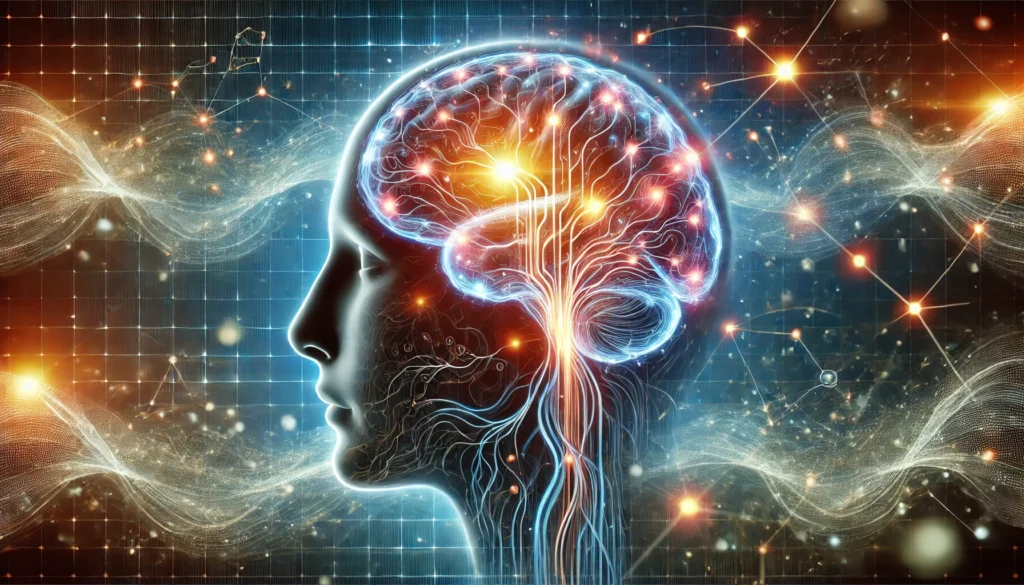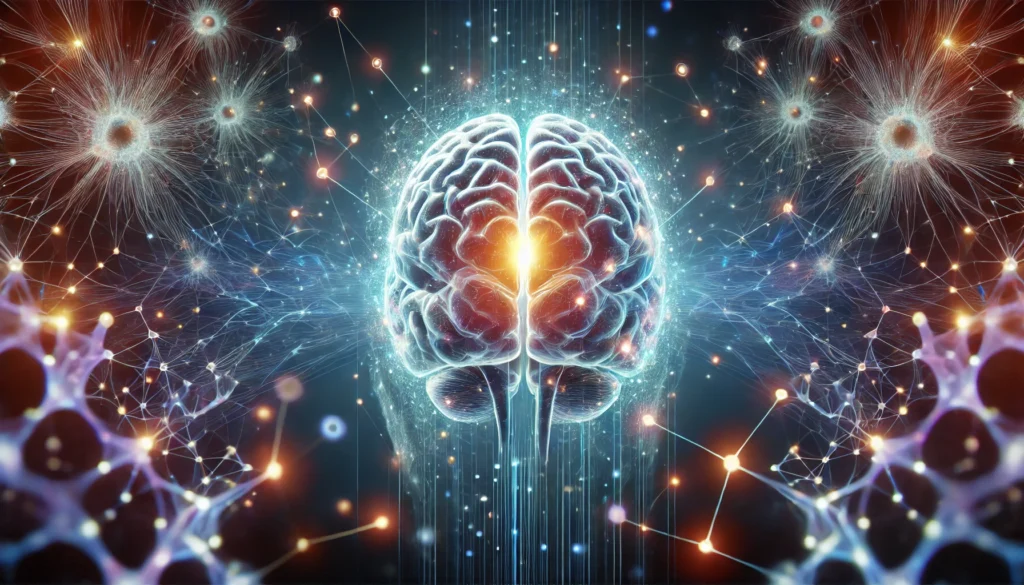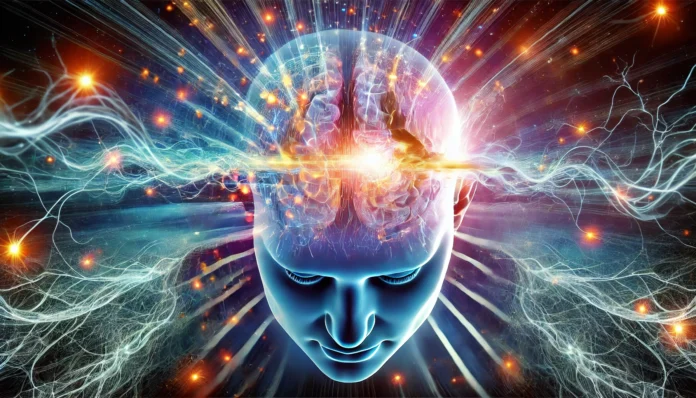Introduction
The human brain is an intricate and highly adaptive organ, responsible for countless cognitive and physiological functions. Among its many regions, the frontal lobe plays a pivotal role in executive functions, problem-solving, emotional regulation, and decision-making. When this region sustains damage—whether due to trauma, stroke, neurodegenerative conditions, or other causes—it can result in significant cognitive, behavioral, and motor impairments. One of the most pressing questions in neuroscience and medicine is whether the brain can repair itself after frontal lobe damage. Understanding the mechanisms of neuroplasticity, available treatments, and rehabilitation strategies is essential for patients, caregivers, and medical professionals alike.
You may also like : Best Things for Brain Health: Expert-Backed Strategies to Keep Your Mind Sharp
The Function and Importance of the Frontal Lobe
The frontal lobe is the largest of the four major lobes in the cerebral cortex and is responsible for an array of crucial functions. It governs voluntary movement, expressive language, and higher cognitive skills such as reasoning, planning, and impulse control. This region is also involved in personality development and social behaviors, making it central to an individual’s identity and interactions with the world. Damage to the frontal lobe can result in profound changes, including difficulty in concentrating, emotional instability, impaired judgment, and reduced motor coordination. Given the frontal lobe’s significance, understanding the potential for recovery and effective treatment options is paramount for those affected by its impairment.
Causes and Consequences of Frontal Lobe Damage
Frontal lobe damage can arise from various sources, including traumatic brain injuries (TBI), strokes, tumors, infections, and neurodegenerative diseases such as Alzheimer’s and Parkinson’s. The severity and nature of the injury determine the extent of impairment and the likelihood of recovery. Mild damage may result in temporary cognitive and emotional disruptions, while severe injuries can lead to permanent disability. Symptoms of frontal lobe damage include difficulty with problem-solving, personality changes, lack of inhibition, and speech difficulties. Because of the frontal lobe’s diverse roles, damage to this area can be particularly challenging to treat and rehabilitate.
Can the Brain Heal Itself? The Role of Neuroplasticity
One of the most remarkable aspects of the human brain is its ability to adapt and reorganize itself, a phenomenon known as neuroplasticity. This process enables the brain to compensate for damage by forming new neural connections and reallocating functions to undamaged areas. While complete regeneration of damaged neurons is unlikely, neuroplasticity provides a foundation for partial recovery. The extent to which the brain can heal itself depends on several factors, including the individual’s age, overall health, severity of the injury, and the rehabilitation efforts undertaken.

Frontal Lobe Damage Treatment: Rehabilitation and Recovery Strategies
Treatment for frontal lobe damage is multifaceted and tailored to the individual’s specific impairments. Rehabilitation programs often involve a combination of medical interventions, cognitive therapy, physical therapy, and behavioral counseling. Medications such as stimulants, antidepressants, and anti-anxiety drugs may be prescribed to manage symptoms. Cognitive therapy focuses on improving memory, problem-solving skills, and executive function, while physical therapy aims to restore motor abilities. Additionally, behavioral therapy helps patients develop strategies to manage impulsivity, emotional instability, and social difficulties. The effectiveness of treatment depends on early intervention and the patient’s commitment to rehabilitation.
Lifestyle and Holistic Approaches to Brain Health
Beyond conventional medical treatments, lifestyle modifications play a crucial role in supporting brain health and recovery. Proper nutrition, regular physical exercise, and adequate sleep are fundamental to cognitive function and neuroplasticity. A diet rich in omega-3 fatty acids, antioxidants, and essential vitamins promotes neuronal health, while physical activity enhances blood flow to the brain and stimulates the release of neurotrophic factors that support neural growth. Mindfulness practices, meditation, and cognitive exercises such as puzzles and reading can also contribute to cognitive resilience and recovery.
Advances in Neuroscience and Future Treatment Possibilities
Scientific advancements in neuroscience continue to offer promising insights into the treatment of frontal lobe damage. Emerging therapies such as stem cell treatments, neurostimulation, and gene therapy hold potential for enhancing neural repair and recovery. Stem cell research aims to regenerate damaged brain tissue, while neurostimulation techniques like transcranial magnetic stimulation (TMS) seek to modulate brain activity and improve cognitive function. Gene therapy is another frontier, exploring ways to modify genetic expression to protect and restore neural pathways. Although these treatments are still in experimental stages, they represent a hopeful future for patients with frontal lobe injuries.

Frequently Asked Questions: Frontal Lobe Damage and Recovery
1. Can frontal lobe damage repair itself naturally over time?
The brain has an impressive ability to adapt, but whether frontal lobe damage can repair itself depends on several factors. Neuroplasticity, the brain’s ability to form new neural connections, plays a crucial role in recovery. While some individuals may experience spontaneous improvement, full restoration of function is unlikely without rehabilitation. The extent of recovery is influenced by factors such as the severity of the damage, the individual’s age, and their overall health. Engaging in targeted therapies and cognitive exercises can enhance the brain’s ability to compensate for lost functions.
2. What are the most effective frontal lobe damage treatment options?
Frontal lobe damage treatment typically involves a multidisciplinary approach. Cognitive rehabilitation therapy helps patients regain lost skills, while speech and occupational therapy address communication and daily function challenges. Medications such as stimulants or antidepressants may be used to manage symptoms like attention deficits or mood instability. Emerging treatments, such as transcranial magnetic stimulation (TMS) and stem cell therapy, show promise in stimulating brain activity and promoting healing. Consistency in treatment and early intervention significantly improve outcomes.
3. How does frontal lobe damage affect emotional and social behavior?
The frontal lobe is responsible for emotional regulation and social cognition, so damage can lead to profound personality changes. Individuals may experience impulsivity, emotional outbursts, or difficulty interpreting social cues. They might also struggle with empathy, leading to misunderstandings in personal and professional relationships. Family members and caregivers often notice increased aggression or apathy in affected individuals. Therapy and structured social interventions can help retrain behavioral responses and improve emotional regulation.
4. Can lifestyle changes support brain recovery after frontal lobe damage?
Adopting a brain-healthy lifestyle can enhance neuroplasticity and improve recovery outcomes. A nutrient-rich diet high in omega-3 fatty acids, antioxidants, and essential vitamins supports cognitive function. Regular physical exercise increases blood flow to the brain and promotes the release of growth factors essential for neural repair. Mindfulness practices, such as meditation and deep breathing, can help regulate emotions and improve focus. Consistent mental stimulation through reading, problem-solving tasks, and learning new skills also supports cognitive resilience.
5. What role does sleep play in frontal lobe damage treatment and recovery?
Sleep is critical for brain healing and function, particularly for individuals recovering from frontal lobe damage. During deep sleep, the brain consolidates memories, clears metabolic waste, and supports cellular repair. Sleep deprivation can exacerbate symptoms such as poor concentration, mood instability, and impaired decision-making. Implementing good sleep hygiene, such as maintaining a consistent sleep schedule and limiting screen time before bed, can optimize recovery. Some patients benefit from sleep studies to identify and address underlying sleep disorders affecting brain function.
6. Are there any alternative or experimental therapies for treating frontal lobe damage?
Several innovative therapies are being explored to enhance recovery from frontal lobe damage. Hyperbaric oxygen therapy (HBOT) has been investigated for its potential to increase oxygen supply to damaged brain tissue and stimulate healing. Stem cell therapy is another promising avenue, aiming to regenerate neural tissue and improve lost function. Additionally, transcranial direct current stimulation (tDCS) is being studied for its ability to modulate neural activity and enhance cognitive performance. While these treatments are not yet mainstream, they highlight the potential future of neurological rehabilitation.
7. Can frontal lobe damage lead to long-term cognitive decline?
Depending on the severity of the damage and whether treatment is pursued, frontal lobe injuries can lead to progressive cognitive decline. Individuals with untreated or severe damage may experience worsening memory, problem-solving deficits, and impaired executive function over time. However, early intervention and ongoing cognitive rehabilitation can significantly slow or even prevent further deterioration. Certain neurodegenerative diseases, such as Alzheimer’s and Parkinson’s, may exacerbate frontal lobe impairments, making monitoring essential. Regular cognitive assessments and brain-healthy habits are key to maintaining mental agility.
8. How does age impact the brain’s ability to recover from frontal lobe damage?
Younger individuals generally have a greater capacity for neuroplasticity, making recovery from frontal lobe damage more efficient. Children and young adults can often compensate for lost function by rerouting neural pathways more effectively than older adults. However, older individuals can still experience significant recovery with targeted rehabilitation. The brain’s ability to heal is influenced by overall health, genetic factors, and the presence of coexisting conditions. Lifelong learning and mental engagement remain crucial at any age to maximize brain resilience.
9. What are the challenges in diagnosing frontal lobe damage?
Diagnosing frontal lobe damage can be complex because symptoms vary widely and often overlap with other neurological or psychological conditions. Standard imaging techniques, such as MRIs and CT scans, may not always detect subtle damage. Neuropsychological testing is essential to assess cognitive function, emotional regulation, and behavioral changes. In some cases, individuals may not recognize their impairments, making self-reporting unreliable. A comprehensive evaluation by neurologists, neuropsychologists, and rehabilitation specialists is often necessary for accurate diagnosis and treatment planning.
10. Can brain training programs help restore lost functions after frontal lobe damage?
Brain training programs can be a valuable component of frontal lobe damage treatment, helping to improve cognitive deficits such as attention, problem-solving, and memory. Programs that incorporate adaptive learning, such as Lumosity or BrainHQ, can enhance cognitive flexibility and mental agility. Personalized cognitive exercises developed by therapists can target specific impairments and track progress over time. While no single program can fully reverse damage, consistent engagement with brain-stimulating activities can reinforce neural pathways and improve overall cognitive performance. Combining brain training with real-world problem-solving tasks and social interaction maximizes benefits.

Conclusion: Navigating Recovery and Optimizing Brain Health
Frontal lobe damage presents significant challenges, but recovery is possible through a combination of medical treatment, rehabilitation, and lifestyle interventions. While the brain may not fully regenerate lost neurons, neuroplasticity allows for adaptation and functional recovery. Understanding the mechanisms of brain repair, exploring treatment options, and adopting a brain-healthy lifestyle are essential steps in optimizing recovery outcomes. As research in neuroscience progresses, new therapies and interventions will continue to emerge, offering hope for individuals affected by frontal lobe damage. By fostering resilience, seeking appropriate medical care, and engaging in proactive brain health strategies, patients can maximize their cognitive potential and improve their quality of life.
brain injury recovery, neuroplasticity and healing, cognitive rehabilitation therapy, traumatic brain injury treatment, executive function impairment, brain health optimization, neurological rehabilitation, stroke recovery strategies, brain function restoration, emotional regulation therapy, memory enhancement techniques, neurogenesis stimulation, cognitive therapy for brain injuries, frontal lobe function support, brain damage repair strategies, improving mental flexibility, cognitive decline prevention, behavioral therapy for brain injuries, neural pathway regeneration, brain injury treatment advancements
Further Reading:
Understanding Frontal Lobe Injury: Causes, Symptoms, And Treatment
Recovering From A Frontal Lobe Stroke: What’s Possible?
Taking a brain-health approach to addiction treatment
Disclaimer
The information contained in this article is provided for general informational purposes only and is not intended to serve as medical, legal, or professional advice. While Health11News strives to present accurate, up-to-date, and reliable content, no warranty or guarantee, expressed or implied, is made regarding the completeness, accuracy, or adequacy of the information provided. Readers are strongly advised to seek the guidance of a qualified healthcare provider or other relevant professionals before acting on any information contained in this article. Health11News, its authors, editors, and contributors expressly disclaim any liability for any damages, losses, or consequences arising directly or indirectly from the use, interpretation, or reliance on any information presented herein. The views and opinions expressed in this article are those of the author(s) and do not necessarily reflect the official policies or positions of Health11News.


